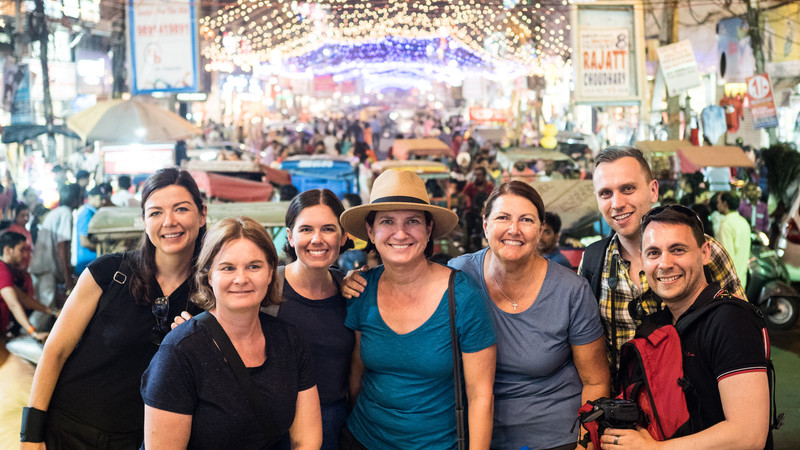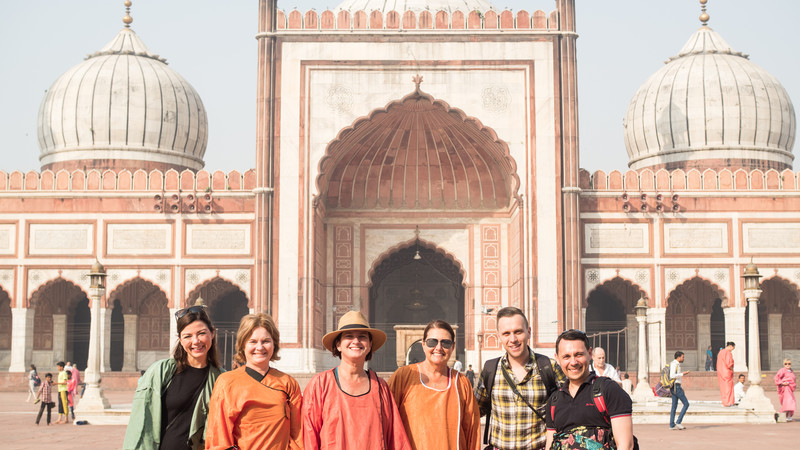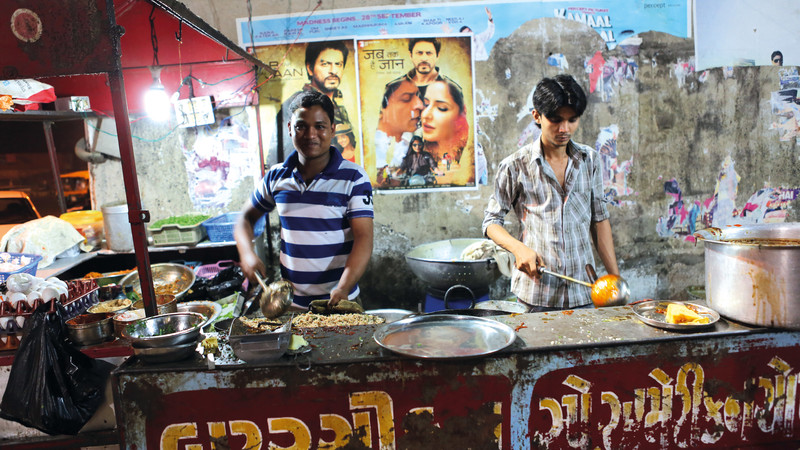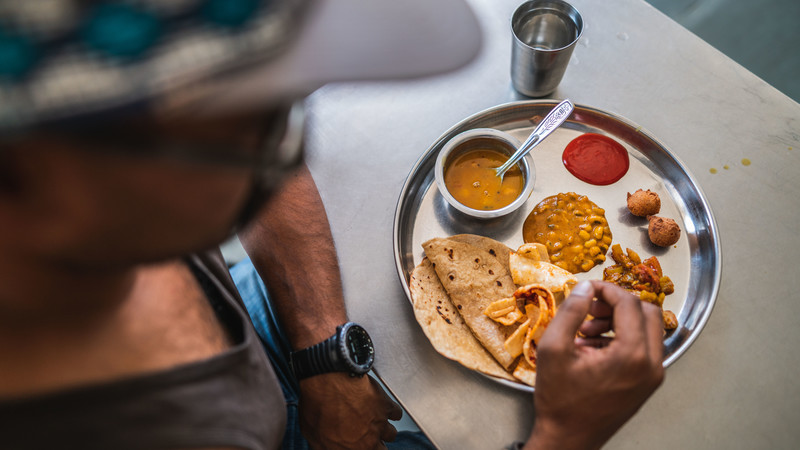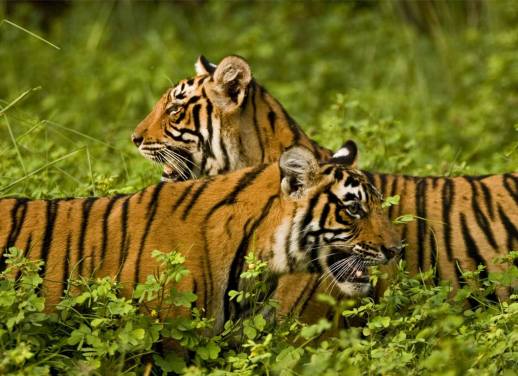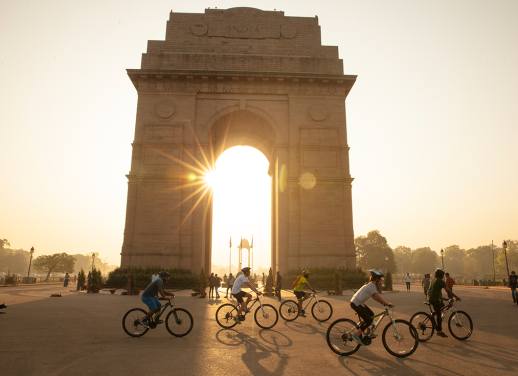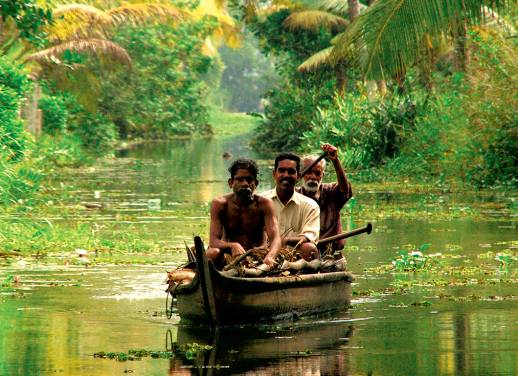As a passionate traveller, you already know that the best way to get to know a new culture is to do as the locals do.
In India, that means trying the local dishes at hole-in-the-wall spots, asking locals for recommendations for things to do, and, to the best of your ability, trying not to stand out as a tourist. One of the best ways to make that happen? Study up on the local lingo so that you go in with a couple of slang words up your sleeve.
Here are 10 local-approved Hindi expressions to take with you on your next trip to India.
1. Yaar
This is a term of endearment that you use to address your friend – which is especially helpful if you’re traveling through India with a buddy or two. In situations where English speakers may say “Thanks, man,” or “Come on, bro,” Indians who speak Hindi will say yaar. Locals swear that the best way to sound like a true Indian is to add yaar after pretty much everything.
PUT YOUR INDIAN LANGUAGE SKILLS TO THE TEST ON OUR 15-DAY CLASSIC RAJASTHAN ADVENTURE
2. Lag gaye
You know those moments when you’re traveling and you realize you and your friends took the wrong train, and you’re in the middle of nowhere and don’t have money for a hotel? That’s when you would say lag gaye. It basically means, “We are so screwed.”
3. Katta
One thing to know about many Indians is that they love poking fun of each other, but in an endearing way – which is the umbrella katta falls under. The literal translation means “you got cut”, but locals use the expression as a way to jokingly poke fun at one of their friends when something embarrassing happens to them. If one guy gets ripped off, for example, or asks a girl out and gets rejected, another may laugh and say, “Katta!”. It’s a little bit mean, but it’s rooted in love.
4. Ghanta
A ghanta is a big fat “hell no!” with a capital N. Interestingly, the literal translation is the sound a clock makes, because it’s basically like a giant buzzer at the end of a game show that signifies that your time is up and no, you will not pass go, and no, you will not collect $200. Locals say that the key is to enunciate your ghanta with a fairly crude accent, in order to emphasize juuust how much no is loaded in your no. For example, if you’re traveling and someone suggests something that you really really don’t want to do, it may be time to bust out your ghanta.
BROWSE OUR RANGE OF ADVENTURES IN INDIA HERE
5. Jugaad
Think back to the last time something needed to get done, but you didn’t have the proper supplies, so you made do with what you had and somehow managed to scrape something together. You may not have known it, but you exhibited a strong sense of jugaad, which is the ability to achieve results – in a hack-y way. For example, if you’re traveling and you make a DIY Band-Aid when you don’t have the real thing, that’s jugaad.
6. Pet phat gaya
Translated, this literally means “my stomach just burst open.” Locals use it when they’ve already eaten a lot, but someone is trying to feed them more by offering them even more food (which happens a lot in India). This will definitely come in handy if you have dinner with a local family and they try to offer you fourths!
RELATED: THE MAGIC OF MOVING OUT OF YOUR COMFORT ZONE IN INDIA
7. Phod diya
Speaking of food, if you eat a ton of food without having to say pet phat gaya, your friend may say, “Phod diya!”. It basically means, “You nailed it.” The literal translation is “to demolish something” or “to destroy something”, but Indians use it to describe a situation in which someone truly excelled at something, whether it’s inhaling a pile of food and living to tell the tale, or doing really well on a test, or whatever else. Anything that’s worthy of a high five is worthy of a phod diya!
8. Chep
While English speakers may call someone who’s a bit clingy and won’t go away a leech or a barnacle, Indians call this kind of person a chep. It actually means a “sticky person”; someone who is overstaying their welcome and just won’t let go.
SUBSCRIBE TO INTREPID’S NEWSLETTER FOR TRAVEL TIPS, COMPETITIONS, GIVEAWAYS & MORE
9. Bhains ki aankh
The literal translation of this is a buffalo’s eye, but locals use it as an exclamation that means “Woah!” or “OMG!”. You will probably say this when you see the Taj Mahal for the first time. Just saying.
10. Kaand
A kaand is a not-so-good situation. Locals often use it when they have either created the situation and need help getting out of it, or when they hear about a kaand that someone else is responsible for. They may say something like, “Let’s go to the other block; I hear there’s a kaand over there that we should check out.” A word to the wise: Don’t go creating too many kaands on your next trip to India!
Ready to test a few of these out? Sound like a local on your next trip to India on a small group adventure – browse our extensive range here.
Feature image by Samantha Reid.

